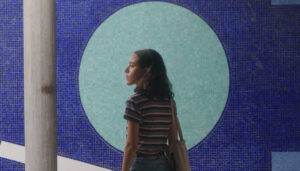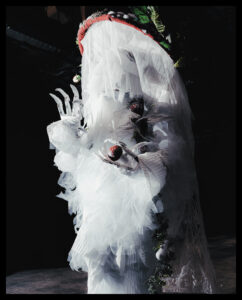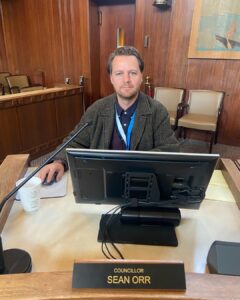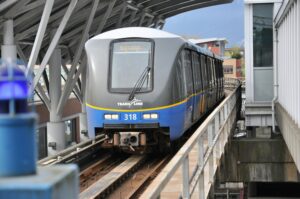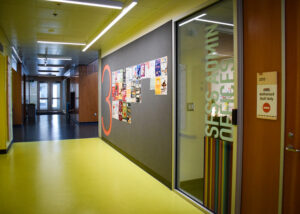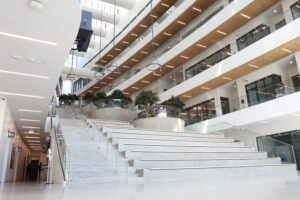For a year now, the School for the Contemporary Arts office staff have invited current MFA students to exhibit and curate projects in their makeshift gallery space. Because the office allows artists to exhibit their work on location, the context of the space generates a different set of possibilities for the interpretation of each work. The current exhibition, Thin White Line, is a project by second year MFA candidate Lucien Durey.
The Peak: A simple explanation of this show could be to call it a collection of objects you have put on display. Some objects have simply been framed while others have been placed on shelves. Others have been visibly manipulated. How do you decide what to do with each object?
Lucien Durey: What draws me differs from object to object, but generally I’m attracted to things that have the potential to be overlooked. All of the source objects in this exhibition have been overlooked or nearly overlooked in some way: discarded, forgotten or only revealed through careful searching. My interaction with each one is an effort to affirm the discovered aspect — the nearly overlooked. As such, physical alteration is not always an appropriate gesture. It’s often enough to present the object itself within the gallery context, to give it a name or to place it in proximity to like objects with like aspects.
P: As you develop your methodology, working with ‘found’ objects, does your interest lie more in each individual form, or rather in how the works speak to each other as a collection?
LD: I’m interested in the material form of each object as well as how they present collectively. The group enhances the individual works, but each is a distinct element nested within the greater whole. Varying material approaches help the works to maintain a separateness from one another that is contradicted by their close arrangement. Both gestures combine to convey the scope of my survey for objects of this type. I don’t see this exhibition as an installation; I’m only invested in transforming the office space insofar as to co-opt its walls as tools to communicate the inarticulable through a relationship of things.
P: If you were to imagine yourself having an internal dialogue with one of these objects, would there be a certain voice associated with it?
LD: There’s a certain quality in each of these objects that has set them apart for me, but it’s difficult to think of it as a voice that is capable of dialogue. I don’t see the objects as megaphones for previous owners or as containing some kind of ghostly message, even if specific individuals have enriched them somehow. Perhaps the best part of my attraction to them is inarticulable and this is how they assist each other. They are similar objects in that they have engaged my interest in the same inarticulable way. I’m not certain yet what it is that they possess, only that it becomes louder in chorus.


